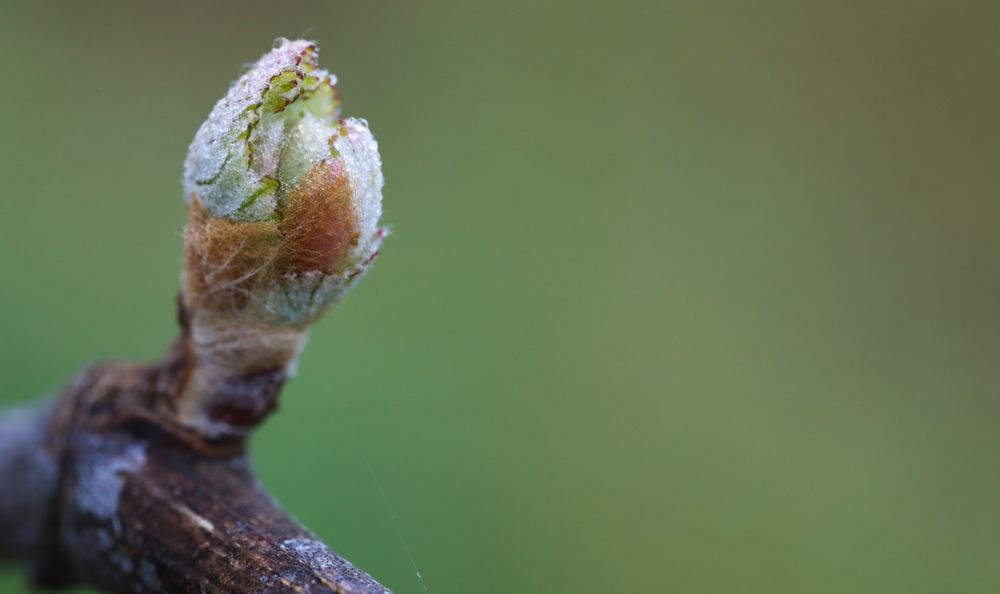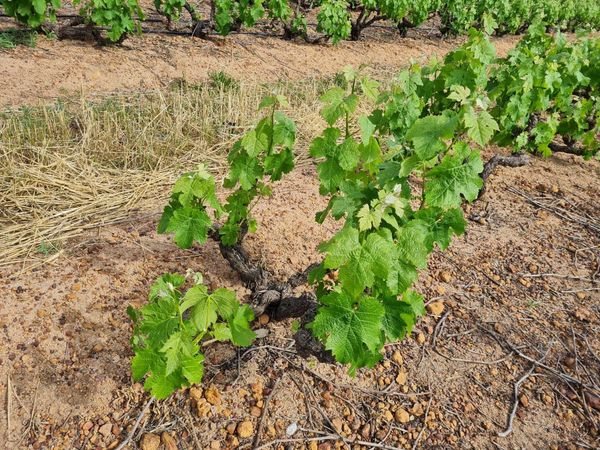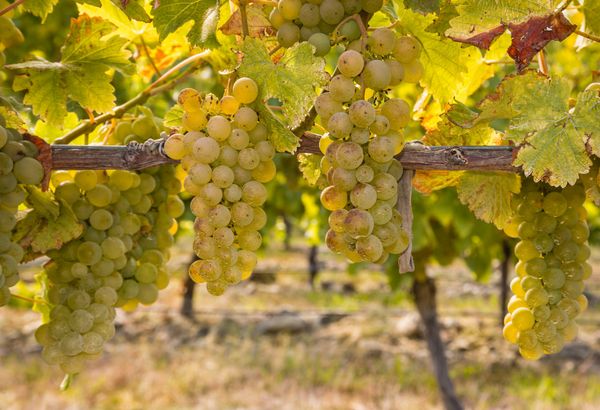Budburst
Some time ago I wrote a very basic introductory piece on the vineyard cycle and what processes occur during a growing year in the vineyard.
Today I'd like to dive a little deeper into the first stage or phase of the vineyard cycle budburst and touch on some of the dangers of spring.
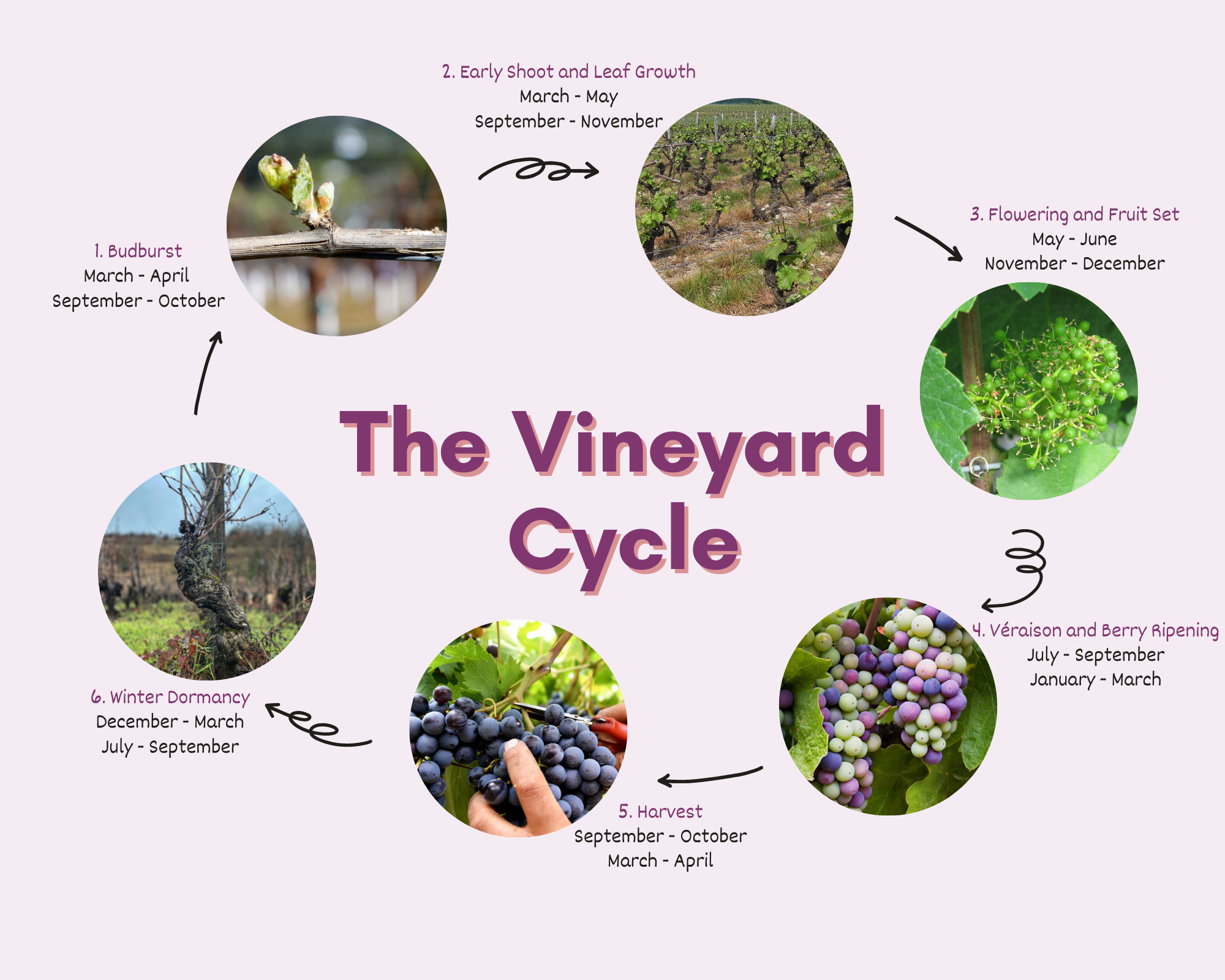
Budburst usually happens between March and April in the Northern Hemisphere and between September and October in the Southern Hemisphere. This marks the start of the growing season and is possibly one of the most stressful periods in a vineyard manager's year as a bad spell of weather during this time can have a major negative impact on yields.
Let's start by looking at buds; what are they? Buds can be described as embryonic shoots. They are small containers, if you like, that hold the miniature structures that will eventually become the new leaves, shoots and tendrils of a vine. These buds form in the joints between the shoot and a leaf and mature over the course of the year. This means that buds formed during this year's growing season, will become next year's shoots, leaves and tendrils.
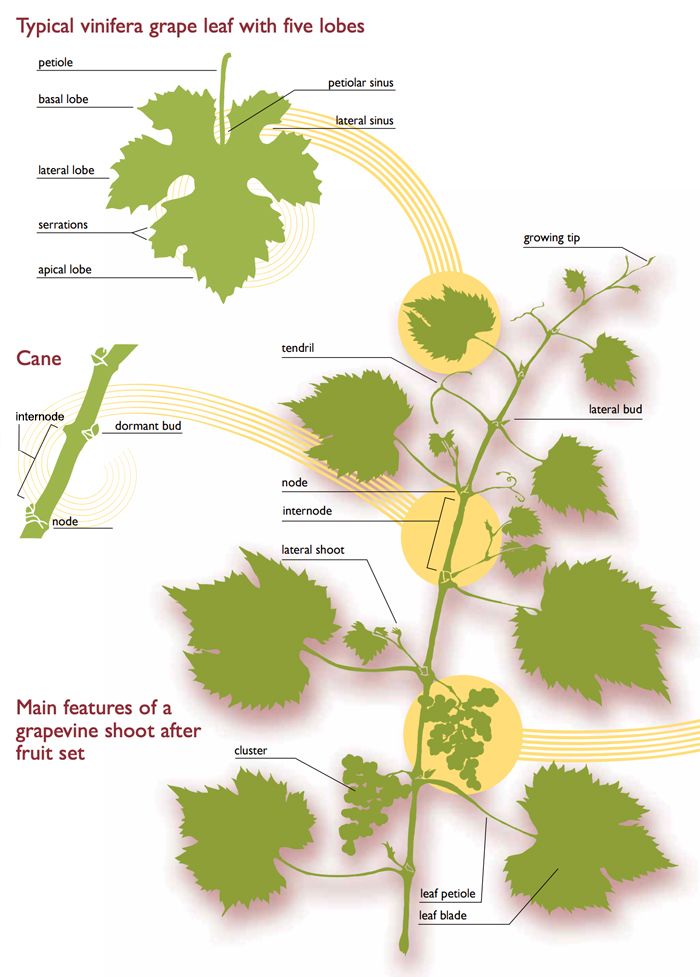
The buds start to swell in spring when the mean daily temperature exceeds 10°C. It is at this time that there is enough warmth for the fragile new leaves, shoots and tendrils to develop and grow.
Since these new growths are very fragile, spring is a very critical time in the lifecycle of a vine as even one spell of bad weather can have a far reaching impact on the vineyard's yield for that year.
Dangers of spring
Colder than normal spring temperatures could delay budburst resulting in a shorter growing season. This can lead to the grapes not ripening fully, which could lead to more acidic wines with less ripe fruit character and lower production.
A great danger in the vineyards are spring frosts. This happens when the air temperature near the ground reaches 0°C and the water vapour that has settled on the vine freezes. This can kill the fragile newly burst buds and young shoots, causing reduced yields and in extreme cases it can also kill the vine.
To combat spring frosts, many vineyards have strategically placed weather stations that can alert grape growers to dropping temperatures and (hopefully) they will have time to implement their chosen protection method before the vines are damaged.
The four main methods of protection are:
- heaters;
- wind machines;
- sprinklers;
- good vineyard design.
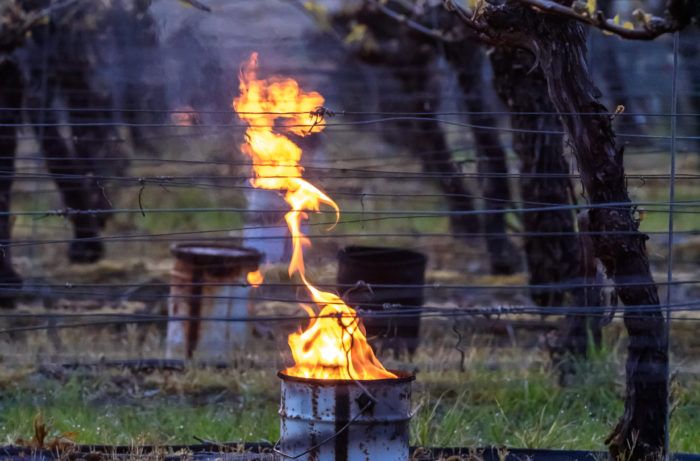
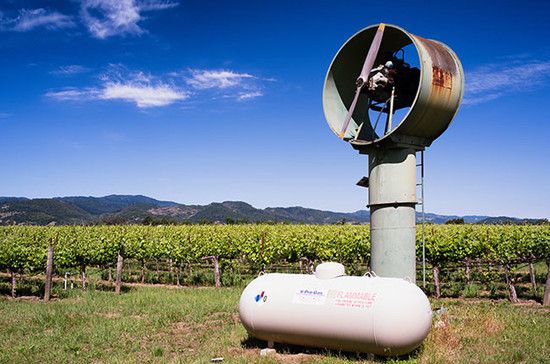
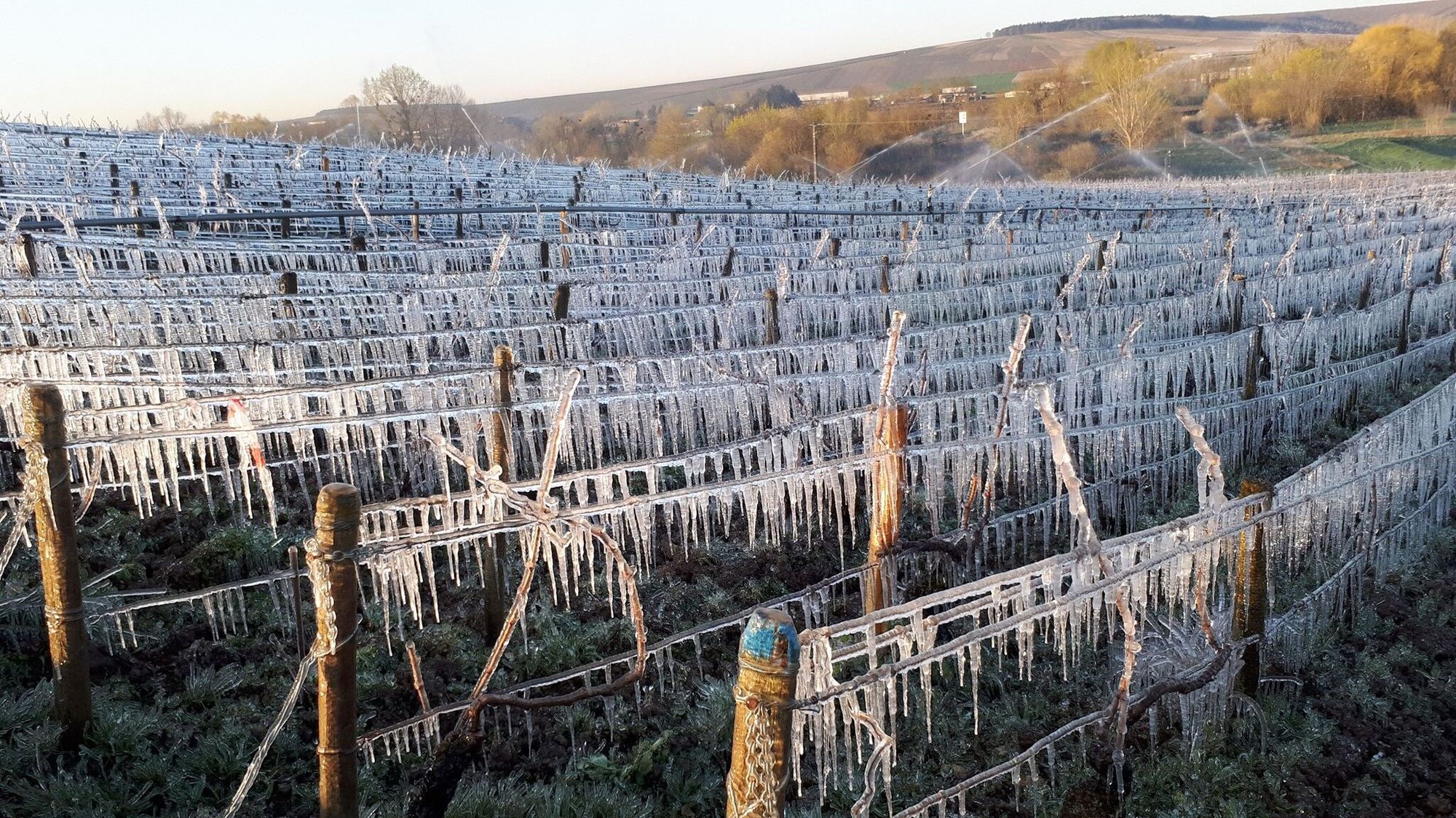
Heaters (bougies, wax candles) are placed between the vines and lit when frost is forecast. The heat from the heaters cause air to flow and prevent cold air from settling and causing frost.
Wind machines commonly look like large fans and works by drawing warm air from above reducing the chance of air temperatures near the ground dropping below 0°C.
Although it might seem counter intuitive to spray water on vines, some heat is released when water freezes and this can protect the buds and shoots.
Lastly, good vineyard design can minimise the risk of spring frosts having an impact. Strategies can include planting against a slope and avoiding planting on low lying areas, avoiding planting vines in depressions where cold air can collect and vines can be trained higher, above the point where cold air is more likely to affect the buds and shoots.
Generally speaking, grapes are referred to as either early budding or late budding. This simply means that budburst happens earlier in spring, when temperatures are still slightly lower, or slightly later when temperatures are slightly higher. Varieties such as Chardonnay and Pinot Noir are early budding and are thus more susceptible to spring frosts, whereas Cabernet Sauvignon is a late budding variety.
I hope that you have found this to be informative and interesting and let's hope that this year we will have fewer cold spells in spring!
I'd love to hear your feedback, so don't be shy about posting comments below.
And, for more photos, tasting notes and short posts you can follow The Wine Dream on Instagram and Facebook. 🍷

